Researchers at the Chinese Academy of Sciences have made a groundbreaking discovery that has finally clarified a decades-old puzzle in astrophysics. The Large High Altitude Air Shower Observatory (LHAASO) has traced the mysterious cosmic ray knee to powerful micro-quasars firing ultra-energetic particles across the galaxy. These findings, released on November 16, 2025, have confirmed that micro-quasars, black holes feeding on companion stars, are powerful PeV particle accelerators.
According to Dr. Wang Yifang, the director of the LHAASO project, "Our precise cosmic-ray measurements reveal a new high-energy component, suggesting multiple sources within the Milky Way. These findings finally tie the knee structure to black hole jet systems." The knee in question refers to the unusual drop in cosmic ray counts above 3 PeV, a phenomenon that has puzzled scientists for decades.
The LHAASO team's discovery has significant implications for our understanding of the universe. Micro-quasars, which were previously thought to be relatively rare, have been found to be major engines of extreme cosmic rays. These particles, which can travel vast distances through space, are of great interest to scientists as they can provide valuable insights into the most energetic processes in the universe.
The discovery also highlights the importance of continued research into the mysteries of the universe. "This finding opens up new avenues for research into the high-energy universe," said Dr. Wang. "It also underscores the importance of continued investment in space-based and ground-based observatories, which are essential for advancing our understanding of the cosmos."
The LHAASO project, which was launched in 2016, is a collaborative effort between the Chinese Academy of Sciences and other international research organizations. The observatory is designed to study high-energy particles and gamma rays from space, and its findings have the potential to revolutionize our understanding of the universe.
The discovery of micro-quasars as major engines of extreme cosmic rays has significant implications for society. It could lead to a better understanding of the risks associated with high-energy particles, which can pose a threat to both people and electronic systems on Earth. It could also lead to new technologies and innovations, as scientists continue to explore the mysteries of the universe.
As the LHAASO team continues to analyze the data from their observations, they are already planning new research projects to further explore the mysteries of the universe. "We are excited about the possibilities that this discovery opens up," said Dr. Wang. "We look forward to continuing our research and advancing our understanding of the cosmos."
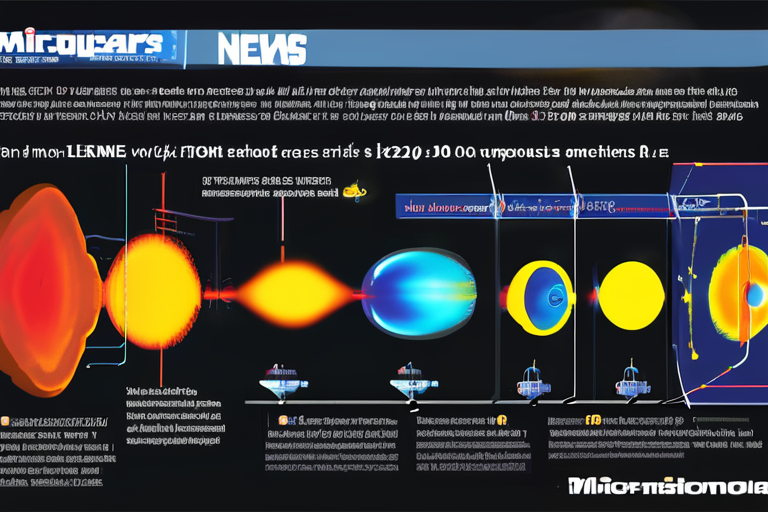


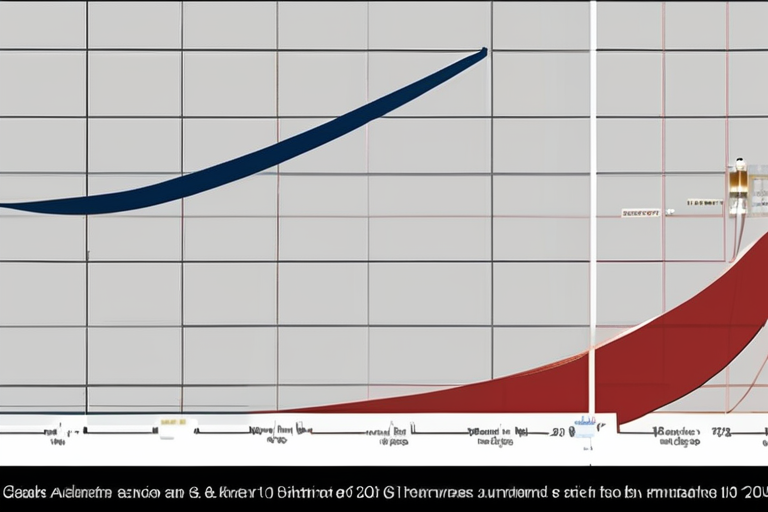


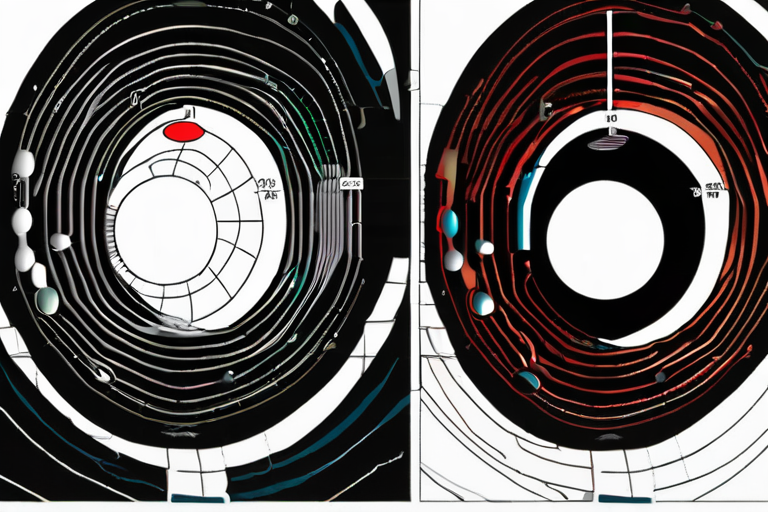

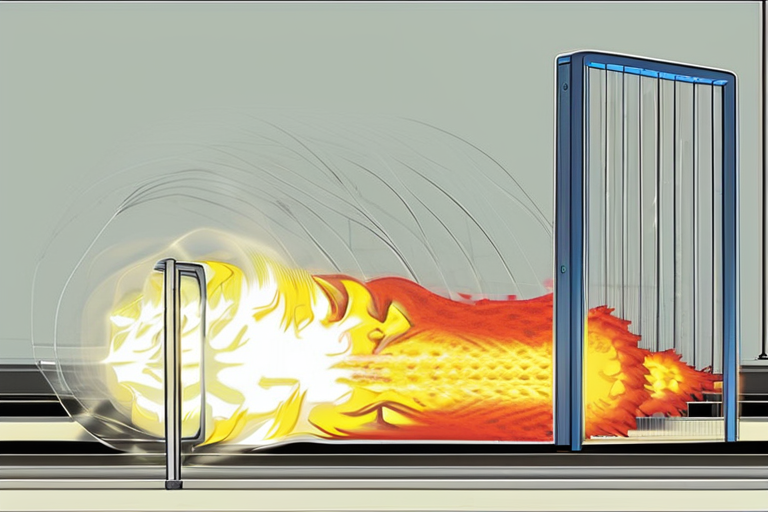


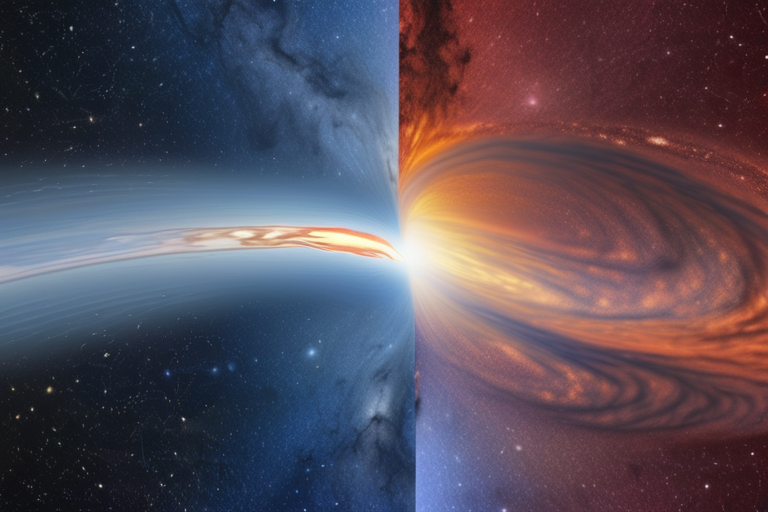
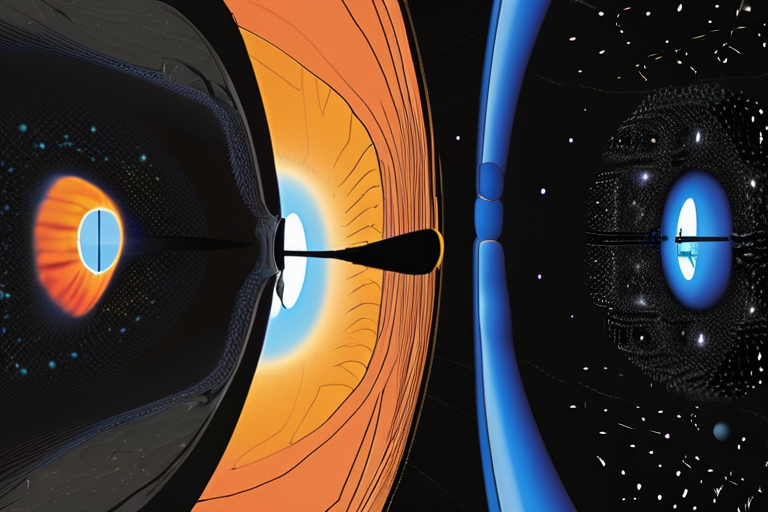




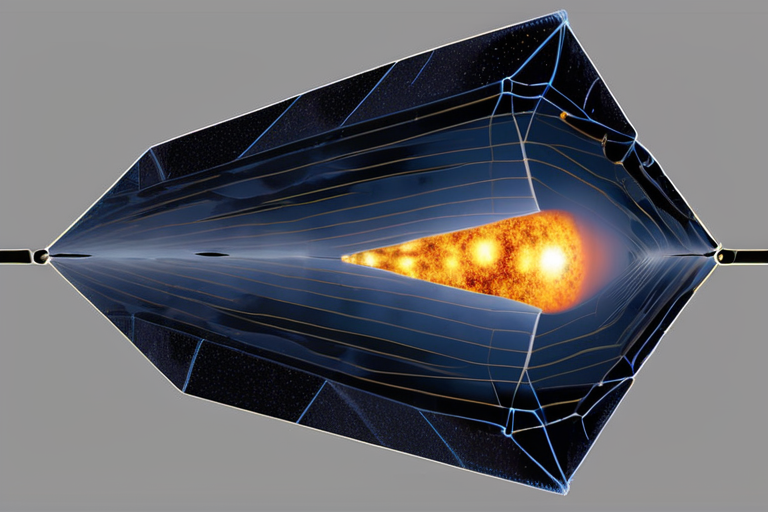


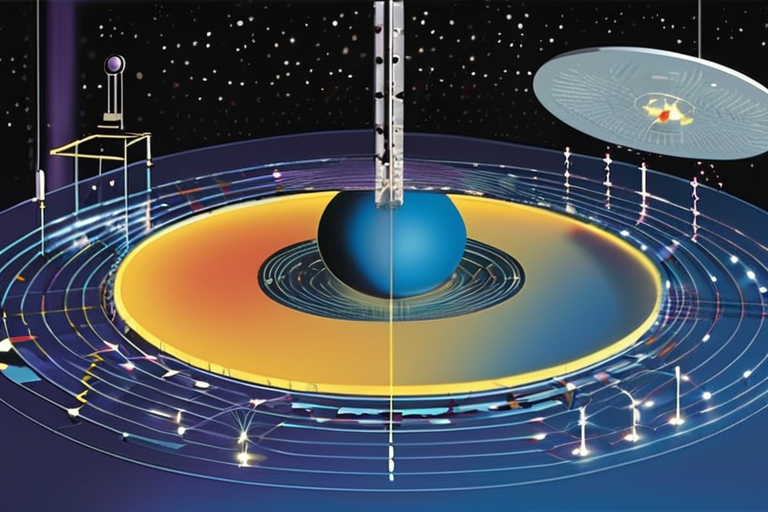




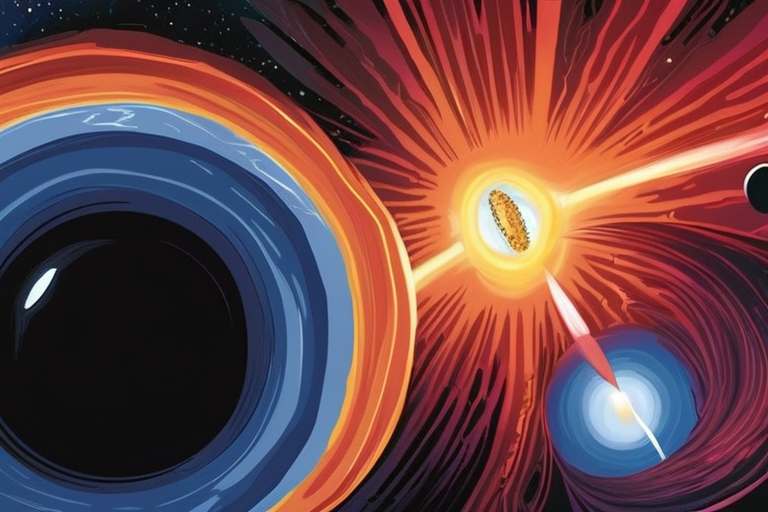

Share & Engage Share
Share this article